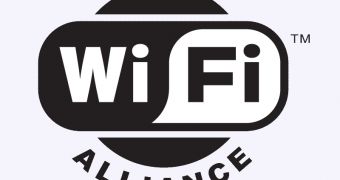It appears that, soon enough, there may be a whole new wireless connectivity solution ready to serve, even though it is really just a variation of what exists already.
The first “Super Wi-Fi” network, running on the bare “white space”, has finally been deployed, in Wilmington, North Carolina, USA.
Television “white spaces” are pieces of unlicensed spectrum on the VHF and UHF frequency bands that are unused by television stations.
They have long been considered the most convenient spectrum for unlicensed wireless Internet services.
“Super Wi-Fi” would have taken off easily back in 2008, thanks to its ability to cover a much wider area than regular Wi-Fi, not to mention the capability to pass through more walls as well.
Unfortunately, the Federal Communications Commission (FCC) believed the wireless networks would interfere with TV signals.
As such, though the FCC did not prevent the creation of products with Super Wi-Fi support, it did demand that carriers and other vendors deploy devices on white space channels adjacent to existing television stations at powers of up to 40 milliwatts, as well as white space spectrum that operates unlicensed at powers of 100 milliwatts.
In addition to this, the FCC dictated that devices operating on TV bands would have built-in sensors that could automatically turn them off if they came into contact with an adjacent TV signal.
This requirement has been removed, replaced by a much more lenient limitation: the products need only geolocation capabilities and access to a spectrum database.
“Super Wi-Fi” would be an especially good fit for rural areas, where broader coverage is precisely what disparate settlements need.
So far, only New Hanover County, N.C., has a working network of this kind, but if all goes well, it should only be a matter of time before it spreads across the nation and, perhaps, the rest of the world as well.

 14 DAY TRIAL //
14 DAY TRIAL //